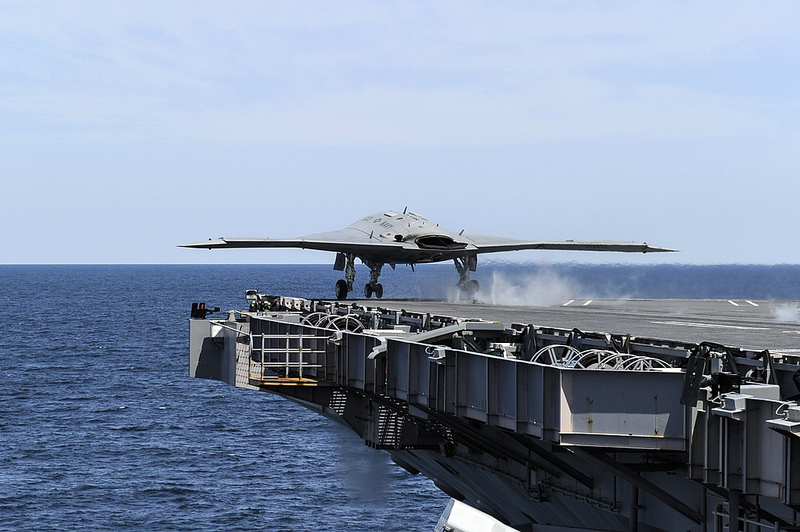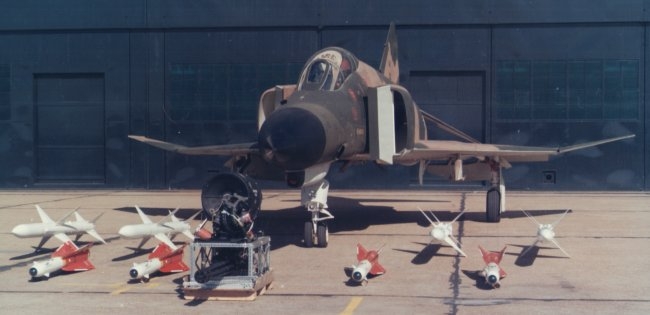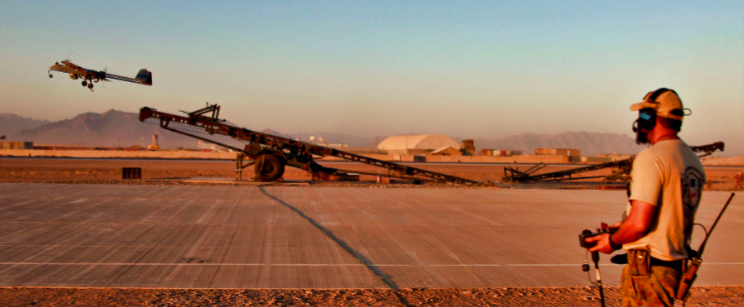Towards an unmanned air combat capability (part 2)
 My last post discussed the new air combat era of integrated manned and unmanned aircraft operations. There’s a clear technology push for the ADF to acquire Strike/ISR UAVs. But before that happens, there needs to be a compelling strategic pull. Just because other, comparable, middle power nations are doing this doesn’t necessarily mean we should.
My last post discussed the new air combat era of integrated manned and unmanned aircraft operations. There’s a clear technology push for the ADF to acquire Strike/ISR UAVs. But before that happens, there needs to be a compelling strategic pull. Just because other, comparable, middle power nations are doing this doesn’t necessarily mean we should.
The ADF currently operates the Heron (Air Force) and Shadow (Army) UAVs in Afghanistan. The Heron capability is leased until mid-2014 and apparently won’t be retained. By contrast the short range, low altitude, low endurance Shadow, acquired under the troubled Joint Project 129, is now firmly embedded in Army.
Later this decade Defence plans to acquire several Triton high altitude UAVs being developed by the USN for maritime surveillance tasks and to complement the P-8 Poseidon maritime patrol aircraft. Triton—the maritime patrol version of the Global Hawk—will provide excellent wide-area overwater surface surveillance but is less suitable for overland tasks, doesn’t provide as reliable video surveillance as other UAVs now do, and may not be survivable in a high air threat environment. Like many UAVs, Triton is a single use platform, and not a cheap one. Read more


